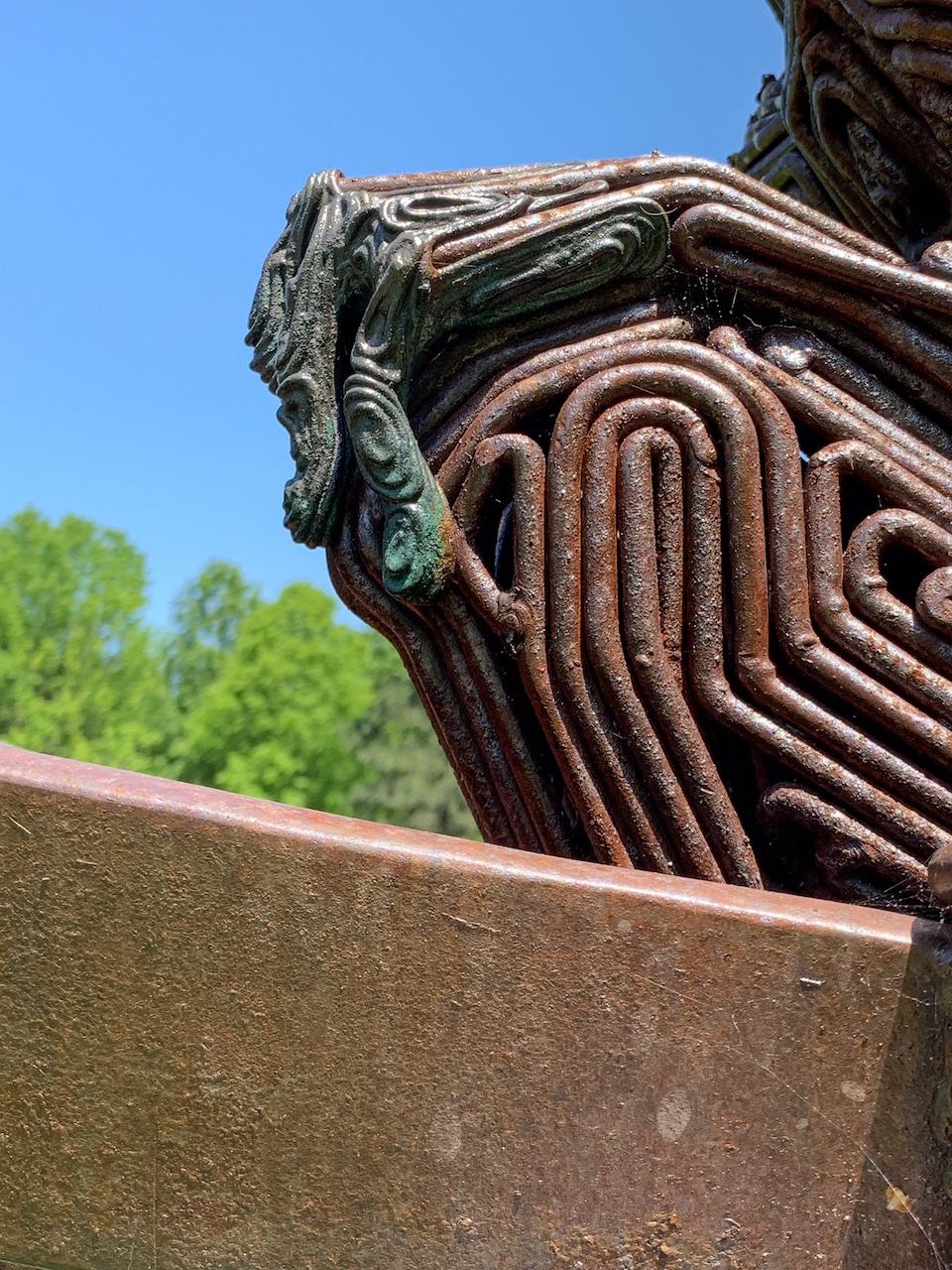
Frankly folks, nothing much of significance is going on around Lottabusha County currently. As I said to my friend yesterday, my life these days consists of feeding dogs, picking up dog poop, and going to the store. I could easily have added putting R’s sock on his right foot every morning. I am not complaining–overall things have gone very well and things are almost back to normal around here–normal for this hillside anyway! I had the second cup of Ubudasa yesterday, and it was a much better brew than the first one. I used a little more coffee this time which gave it a more luscious taste.



Things are blooming all over the hill–spotted the first magnolia Tuesday, along with these little yellow pansies. They popped up by the front walk. On a couple of occasions in the past, this has happened. I also picked up a new rosemary plant and some lavender, along with a couple of new petunia plants. That is on my list for today to get those repotted, and hopefully, to clean off the front porch. If it dries out enough, I will get a walking workout as the front and back yards are long overdue for a mowing. I might even get the tire changed on the tractor so I can tackle the hillside behind the fence. Otherwise, I am going to need a bulldozer…and believe me, sometimes I wish I had one and could just push kudzu off into oblivion. Everyone tells me that eventually, that is what it takes to clear it out. Let me just say one more time, that was an idea gone horribly wrong!
In other news, whatever they are building next door that has necessitated clearing out a bunch of trees so now the west sun drenches us each evening, they were digging a trench yesterday to run underground lines from the power transformer right behind our house. The electric company came out a bit later and hooked them into it. Time marches on.
With that, it is time to stop lollygagging (or lallygagging as they say up north) and get some things accomplished…while my darling dear hubby is off having lunch with his friend and is not saying “I need some help with something.”



























































